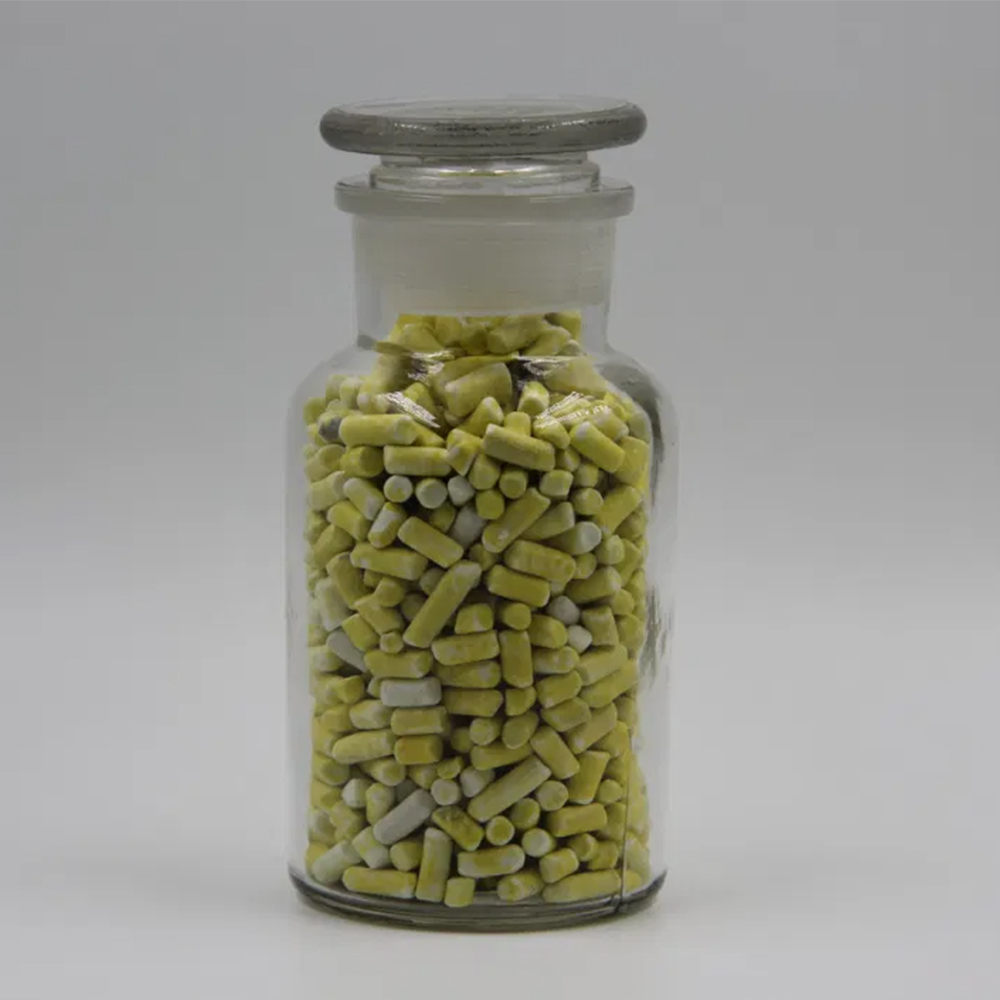



2 m naoh ph
Understanding the pH of a 2% NaOH Solution
Sodium hydroxide (NaOH) is one of the most commonly used strong bases in both industrial and laboratory settings. Its properties as a caustic agent and pH adjuster make it an essential chemical in various applications, including manufacturing, cleaning, and even in the food industry. In chemistry, pH is a key parameter that indicates the acidity or basicity of a solution. Understanding the pH of a 2% NaOH solution requires a basic understanding of how strong bases behave in water.
What is a 2% NaOH Solution?
A 2% NaOH solution means that there are 2 grams of sodium hydroxide dissolved in every 100 milliliters of water. To calculate the molarity of this solution, it's important to know that the molar mass of NaOH is approximately 40 grams per mole. Therefore, a 2% solution translates to 0.05 moles of NaOH in 100 milliliters of water, or 0.5 moles in one liter. This gives us a molarity (M) of 0.5 M for the solution.
Understanding pH and its Calculation
The pH of a solution is a measure of hydrogen ion concentration, and it is calculated using the formula
\[ pH = -\log[H^+] \]
For strong bases like NaOH, we often focus on the hydroxide ion concentration \([OH^-]\) instead. NaOH dissociates completely in water, producing equal amounts of hydroxide ions
\[ NaOH \rightarrow Na^+ + OH^- \]
In our 0.5 M NaOH solution, the concentration of hydroxide ions \([OH^-]\) is also 0.5 M. From the relationship between \([OH^-]\) and \([H^+]\), we can use the following equation
\[ K_w = [H^+][OH^-] \]
2 m naoh ph

where \(K_w\) (the ion product of water) at 25°C is \(1 \times 10^{-14}\). Consequently, we can rearrange the equation to find the \([H^+]\)
\[ [H^+] = \frac{K_w}{[OH^-]} = \frac{1 \times 10^{-14}}{0.5} = 2 \times 10^{-14} \]
Now, using the pH formula
\[ pH = -\log(2 \times 10^{-14}) \approx 13.7 \]
Thus, a 2% NaOH solution has a pH of approximately 13.7, indicating that it is highly basic.
Applications and Safety Considerations
Understanding the pH of a 2% NaOH solution is crucial for various applications. In laboratories, NaOH is often used to adjust the pH levels of different solutions. In industrial applications, it is employed in the manufacturing of paper, textiles, and detergents. Its role in the food industry is also significant; for instance, it is involved in processes like peeling fruits or vegetables by breaking down cellular structures.
However, it’s equally important to be aware of the safety considerations when handling sodium hydroxide. As a strong base, it can cause severe chemical burns and irritation to the skin, eyes, and respiratory system. Proper personal protective equipment (PPE) such as gloves, goggles, and lab coats should always be worn when working with NaOH solutions. In case of accidental contact, it is crucial to rinse the affected area with copious amounts of water and seek medical attention if necessary.
Conclusion
In conclusion, a 2% NaOH solution showcases the characteristics of a strong base, with a pH of approximately 13.7. This highlights its powerful alkaline nature, which is applied across various industries while necessitating strict safety protocols. Understanding the implications of such a high pH aids not only in effective usage but also in ensuring safety when handling this potent substance. Whether in the lab or in industrial applications, the significance of knowing the properties and behavior of sodium hydroxide solutions cannot be overstated.
-
Why Sodium Persulfate Is Everywhere NowNewsJul.07,2025
-
Why Polyacrylamide Is in High DemandNewsJul.07,2025
-
Understanding Paint Chemicals and Their ApplicationsNewsJul.07,2025
-
Smart Use Of Mining ChemicalsNewsJul.07,2025
-
Practical Uses of Potassium MonopersulfateNewsJul.07,2025
-
Agrochemicals In Real FarmingNewsJul.07,2025
-
Sodium Chlorite Hot UsesNewsJul.01,2025










